
AI-Powered Crypto Indices: The Smart Way to Build Diversified Portfolios in 2025
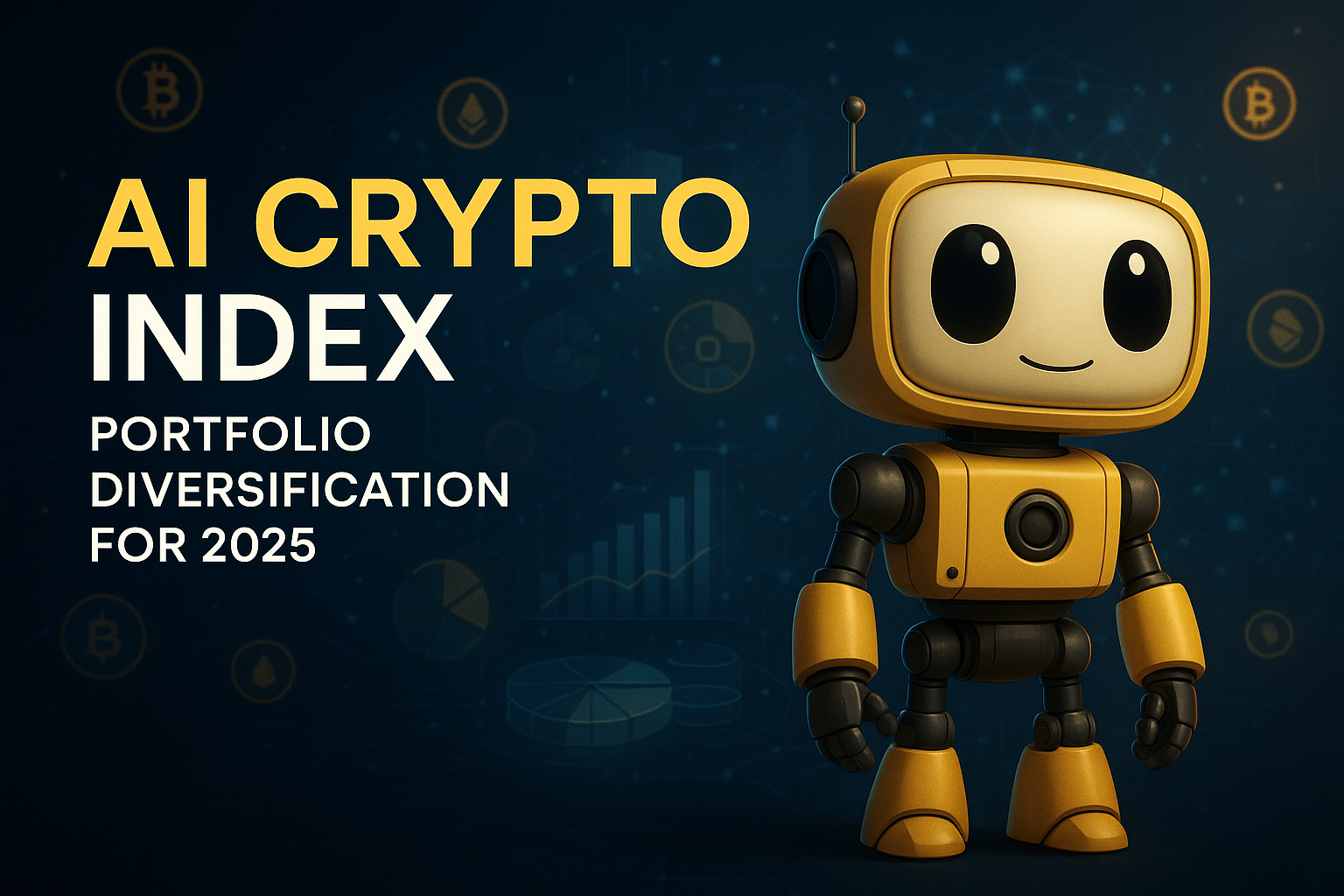
The world of cryptocurrency investing has undergone rapid change in recent years. What began as a niche, experimental market is now a $3 trillion asset class that’s attracting interest from institutional investors, hedge funds, and everyday traders. With thousands of cryptocurrencies and NFTs available, building a smart, diversified portfolio is more challenging than ever. Fortunately, new tools are emerging to simplify this process—including crypto indices backed by AI and data-driven analysis.
The Evolution of Crypto Investing
The cryptocurrency market has transformed dramatically since its inception. What started as a niche digital experiment has evolved into a multi-trillion dollar asset class that's capturing the attention of institutional investors, hedge funds, and everyday traders. However, with over 6,000 cryptocurrencies and NFT projects available, portfolio management is becoming increasingly complex.
Crypto indices offer an innovative solution that’s changing how the digital asset market is approached and analyzed.
What Are Crypto Indices?
A crypto index is a curated basket of tokens that provides diversified exposure to a specific segment of the crypto market. Like the S&P 500 for stocks or the NASDAQ for tech, crypto indices bundle multiple assets into a single, navigable investment vehicle.
This structure enables investors to access entire market segments efficiently, bypassing the need to research thousands of individual projects or react to every market move.
The Problem Crypto Indices Solve
- Information Overload: With thousands of tokens launching monthly, identifying quality projects is complex.
- Volatility Management: Single-asset exposure can result in extreme price swings.
- Time Constraints: Active portfolio management demands constant attention and rebalancing.
- Expertise Barriers: Deep knowledge of blockchain, tokenomics, and market trends is often required.
- Emotional Decisions: Fear and greed frequently lead to suboptimal timing and mistakes.
Crypto indices address these by providing structured, diversified, and data-backed market exposure.
Why Crypto Indices Are Gaining Traction in 2025
- Institutional Interest: 67% of institutions plan to increase crypto exposure in 2025, driving demand for diversified vehicles.
- Regulatory Clarity: Progress in Europe and the U.S. is promoting confidence to build long-term crypto strategies.
- Diversification Benefits: Even small allocations in crypto have historically delivered improved risk-adjusted returns for mixed portfolios.
- Automation: Many indices rebalance automatically, saving time and promoting discipline over emotion-driven trading.
Token Metrics: Pioneering AI-Driven Crypto Indices
Token Metrics is a leading cryptocurrency investment research platform utilizing artificial intelligence, machine learning, and research to analyze more than 6,000 digital assets.
The Token Metrics Advantage
What makes Token Metrics unique is its AI-driven approach to crypto index construction and management:
- Comprehensive Data Analysis: AI models evaluate factors including fundamental data, code quality, sentiment, technical levels, and more to identify trends and anticipate movements.
- 14+ AI-Powered Indices: Covering strategies like trader, investor, sector-specific (AI, DeFi, RWAs), and risk-adjusted approaches.
- Active AI Management: Over 80 data points per token inform weekly rebalancing and tactical shifts between market sectors and defensive assets.
How Token Metrics Indices Work
- Index Selection: Choose by investor type (Value, Trader, Balanced), time horizon (daily to annual), or investment style (fundamental, technical, balanced).
- Portfolio Construction: Only tokens with $500K+ daily trading volume are considered. The AI evaluates market cap, liquidity, code quality, sentiment, and momentum.
- Automated Rebalancing: Transparent transaction logs show buying, selling, and rationale.
- Performance Tracking: Analytics include holdings, weights, token returns, portfolio results versus benchmarks, and volatility metrics.
Key Benefits of Token Metrics Crypto Indices
- Diversification: Risk is spread across multiple assets, reducing impact from any single token’s volatility.
- AI-Driven Selection: AI insights help identify potentially strong performers and filter out lower-quality or risky projects.
- Time Efficiency: Automated research, selection, and rebalancing save investors substantial time.
- Dynamic Risk Management: Indices can shift allocations or move to stablecoins based on market signals, supporting capital preservation.
- Transparency & Education: All index components, changes, and rationale are visible—building both trust and analytical skill.
- Historical Validation: Past performance (such as AI indices showing significant returns since inception) demonstrates AI’s ability to identify trends. (Note: Future returns are not guaranteed.)
Token Metrics Ecosystem: More Than Just Indices
The Token Metrics suite includes:
- Analytics Platform: Real-time insights, trader/investor grades, price predictions, technical/fundamental research, sentiment analysis, and code assessments.
- AI Chatbot: Powered by GPT-3.5, delivering data-driven answers and technical overviews.
- Trading Bot: Automated trade execution based on user strategy.
- Research & Education: Tutorials, reports, webinars, and deep insight into blockchain tech, strategy, and risk management.
- API Access: AI-powered cryptocurrency data with live prices, trading signals, sentiment metrics, and more for advanced integration.
Comparing Token Metrics to Other Crypto Indices
- Bitwise 10 (BITW): Tracks market cap leaders, rebalance monthly. Limitation: Passive approach, higher fees. Token Metrics: Active AI management, weekly updates.
- Galaxy Crypto Index: Large-cap focus. Limitation: Limited asset scope. Token Metrics: Multiple strategies and sectors.
- On-Chain Indices (Index Coop, TokenSets): Decentralized, sector-based. Limitation: Limited cross-market intelligence. Token Metrics: Broad, AI-driven data across all segments.
How to Get Started with Token Metrics Indices
- Define Goals: Assess risk tolerance, time horizon, objectives, and preferred sectors (AI, DeFi, etc.).
- Access Indices: Indices are informational; users can manually mirror suggested portfolios or use full platform features for analytics, chatbots, and automated strategies.
- Select Index: Align with personal style—value, trader, balanced; daily, weekly, or longer-term construction.
- Monitor & Adjust: Regularly review strategy to ensure it matches evolving goals and market context.
Best Practices for Crypto Index Investing
- Start Small: Allocations of 1-3% can improve efficiency with modest risk; scale exposure as comfort grows.
- Long-Term Commitment: Index strategies often benefit from patience; HODL or weekly-check-in approaches fit different levels of engagement.
- Diversify Indices: Spread capital across core (large-cap), sector-specific, and tactical trader indices.
- Understand Updates: Trader ratings adjust frequently; value and tech grades update less often. Match engagement to style.
- Dollar-Cost Averaging: Regular contribution strategies can help manage timing risk.
- Stay Informed: Keep up with market, regulatory, and technology trends for strategic insight.
The Future of Crypto Indices
- Institutional Adoption: Professional investors are entering the market via ETFs and advanced index products.
- Advanced AI: Next-generation models will use on-chain analytics, cross-market intelligence, and even quantum computing for deeper insights.
- Real-World Assets: Tokenized RWAs (now exceeding $22B on-chain) are expanding the universe for index inclusion.
- DeFi Indexes: Fully decentralized, trustless index products are growing with the DeFi space.
- Personalized Portfolios: AI advisors may soon build and adapt portfolios to suit individual risk tolerance and financial plans.
Risk Considerations and Disclaimers
- Market Volatility: Crypto indices are still subject to considerable price swings, which can result in significant risk.
- Smart Contract Risk: On-chain index solutions depend on secure and well-audited smart contracts.
- Regulatory Change: Evolving laws or guidance may impact accessibility, taxation, or structure of index products.
- No Insurance: Crypto holdings are not protected by government insurance, meaning capital loss is possible.
- No Guarantees: As with any investing, historical performance does not assure future results.
Conclusion: The Smart Path to Crypto Wealth
Crypto indices are fundamentally changing the way investors approach digital assets. By blending automation, data-driven research, AI intelligence, and diversification, these tools provide structure for navigating a complex and dynamic marketplace.
Token Metrics stands at the forefront of this evolution—leveraging AI, comprehensive analytics, and transparent methodologies to build indices that adapt dynamically to market conditions. With frequent rebalancing, deep analytical coverage, and a focus on user education and empowerment, Token Metrics offers an advanced toolkit for building and analyzing modern crypto portfolios.
Whether your strategy is conservative, aggressive, or somewhere in between, AI-powered indices can support a framework for managing digital assets thoughtfully and efficiently. As institutional adoption and regulatory clarity grow, diversified crypto indices are set to become an essential part of the digital investing landscape.
Discover Crypto Gems with Token Metrics AI
Token Metrics uses AI-powered analysis to help you uncover profitable opportunities in the crypto market. Get Started For Free
FAQ: What Is a Crypto Index?
A crypto index is a basket of cryptocurrencies assembled to track a particular segment or theme within the digital asset market, providing diversified exposure through a single vehicle.
FAQ: How Do AI-Powered Crypto Indices Work?
AI-powered crypto indices use machine learning algorithms and large-scale data to select, weight, and rebalance a portfolio of tokens automatically, adjusting allocations as market conditions evolve.
FAQ: Are Crypto Indices Safe?
While crypto indices offer diversification and automated risk management, they are still exposed to volatility, regulatory changes, and potential smart contract risks. They are not insured or capital guaranteed.
FAQ: What Makes Token Metrics Indices Different?
Token Metrics indices integrate AI, weekly rebalancing, deep fundamental and technical analysis, and complete transparency—enabling users to follow or replicate high-quality, actively managed strategies built on research.
FAQ: Can I Directly Invest in Token Metrics Indices?
Currently, Token Metrics indices are informational. Users can manually replicate the indices by copying their composition and weights, or leverage the Token Metrics analytics platform for additional strategy, research, and automation help.
Disclaimer
This blog post is for informational and educational purposes only. It does not constitute investment advice, an offer, solicitation, or recommendation to buy, sell, or hold any financial instrument or engage in any specific investment strategy. Always conduct your own due diligence and consult a qualified financial advisor before making investments. The value of digital assets can be volatile, and past performance does not guarantee future results.

.svg)

Create Your Free Token Metrics Account

.png)




%201.svg)
%201.svg)


%201.svg)



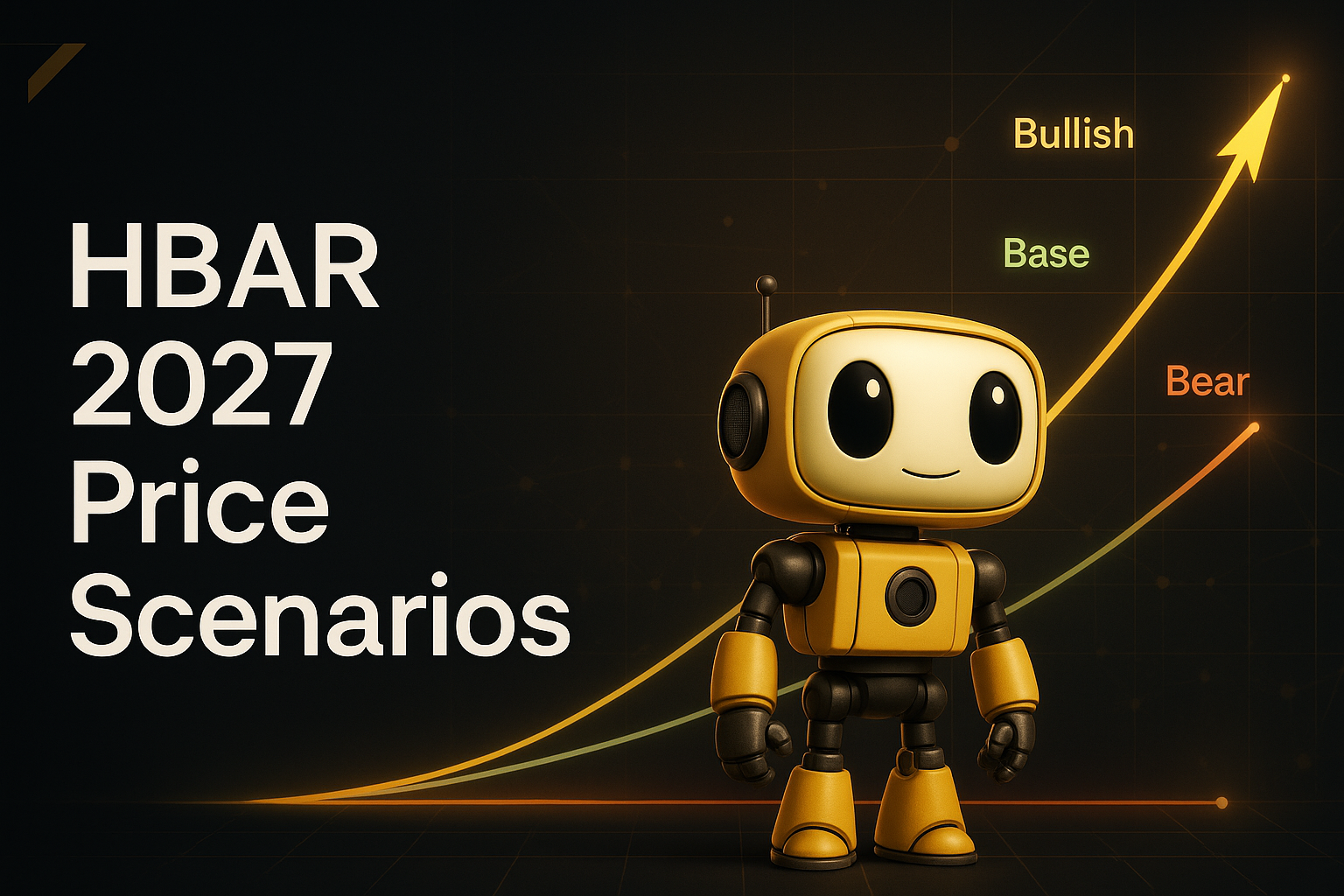
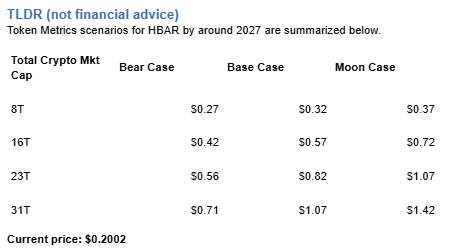

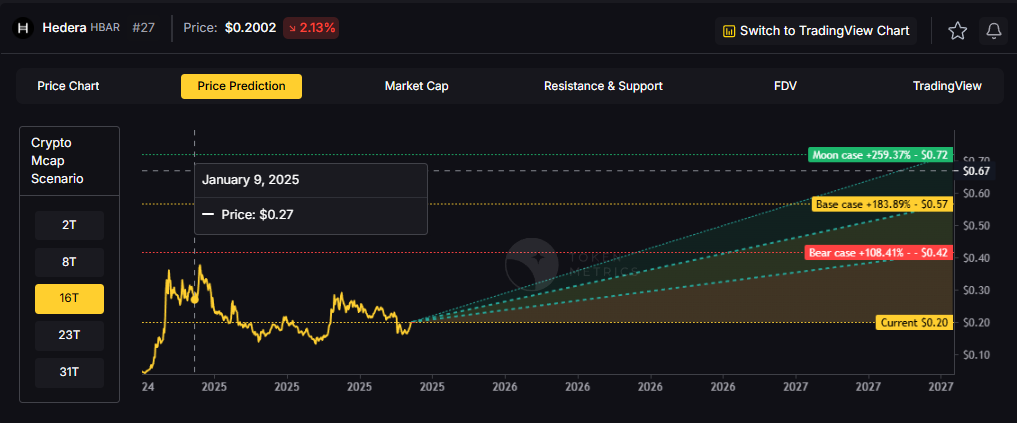


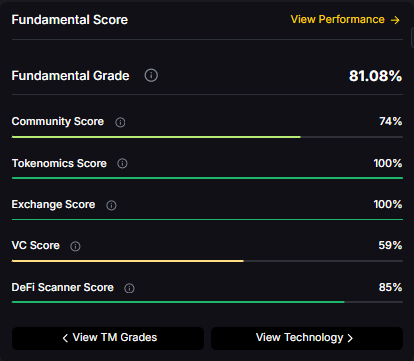
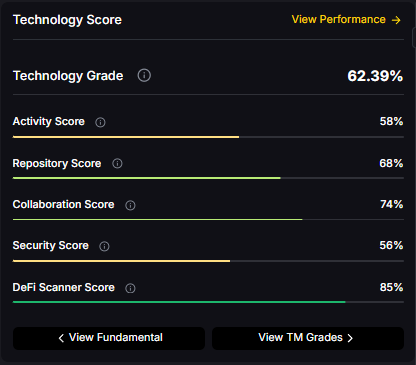

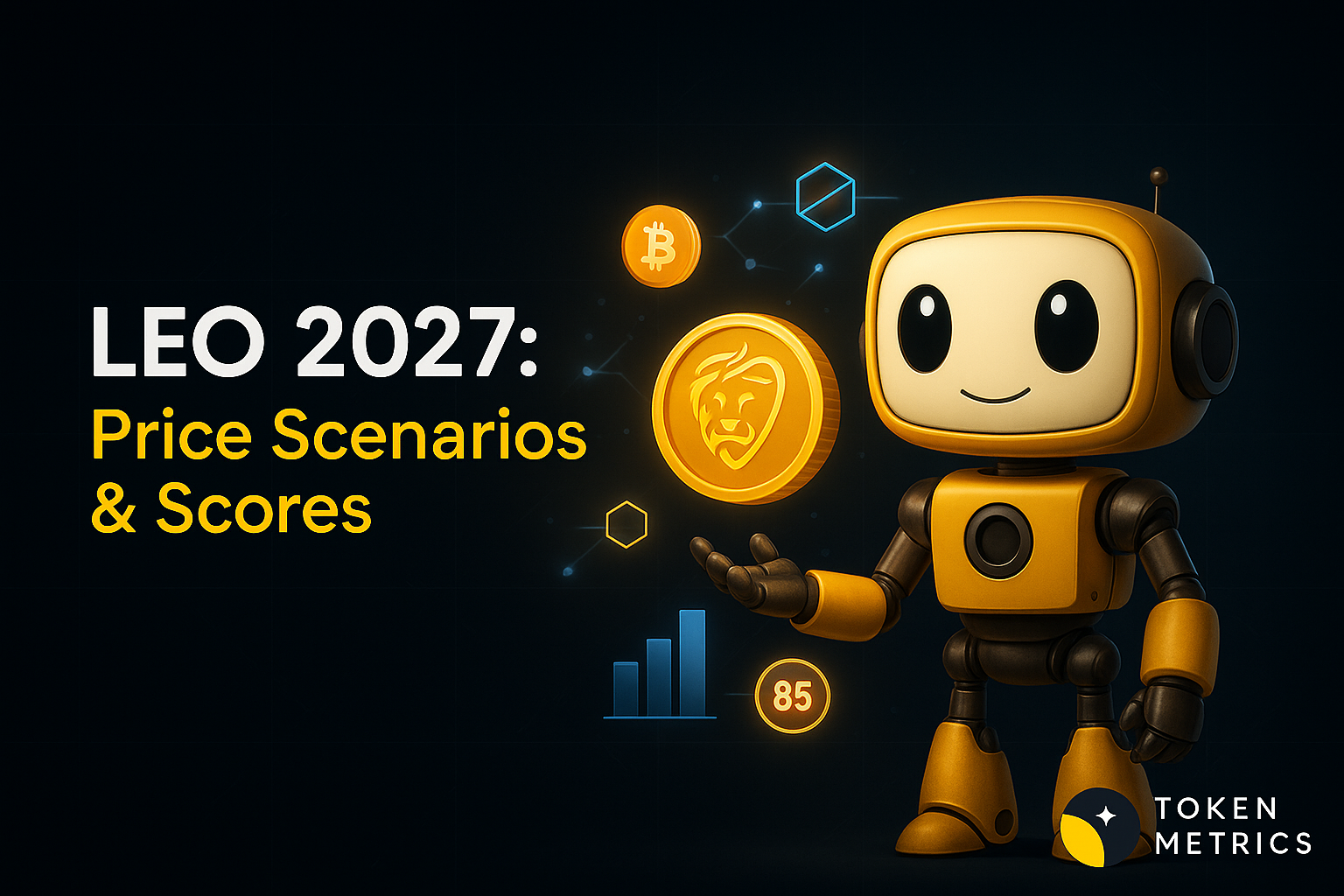
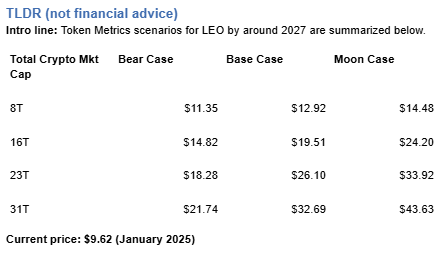
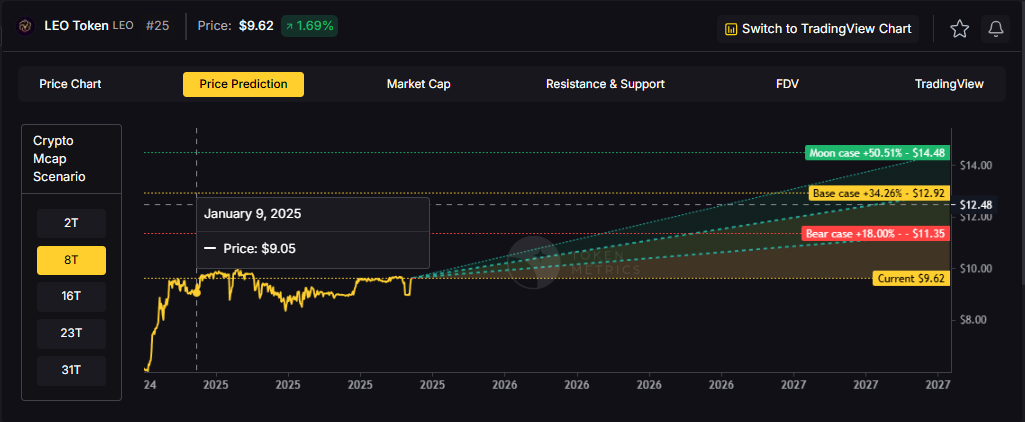
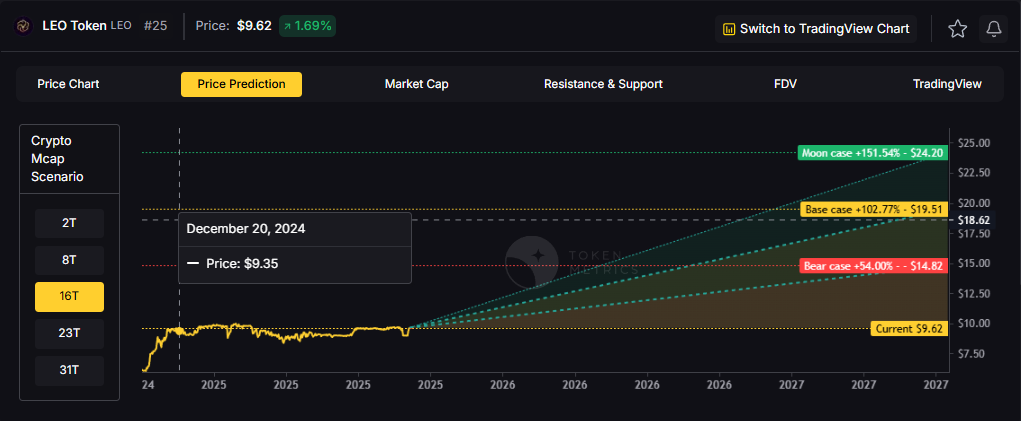
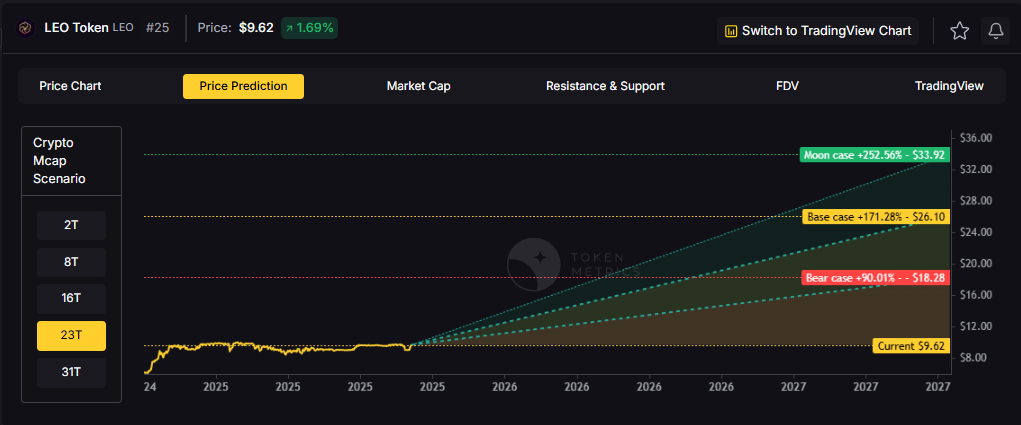
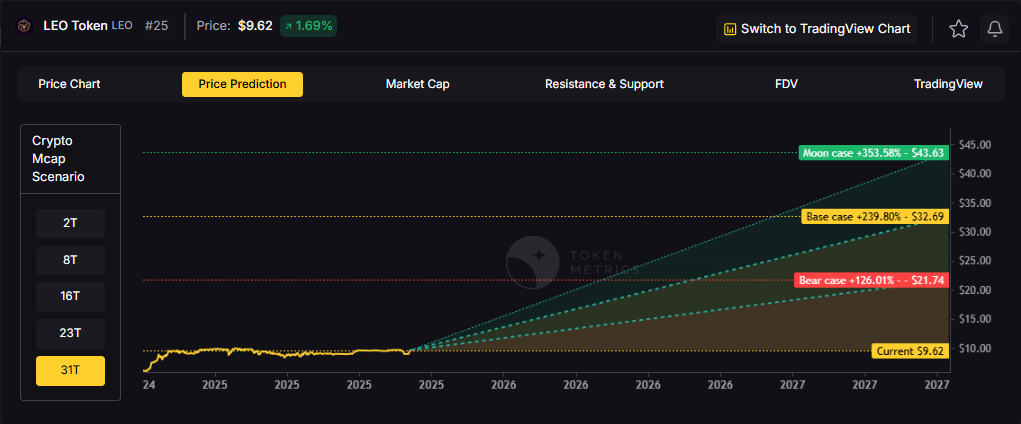
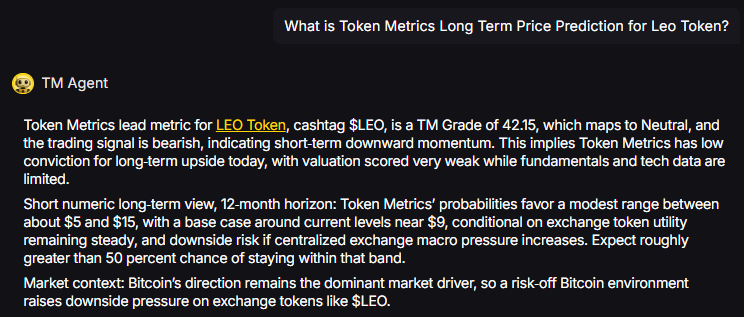
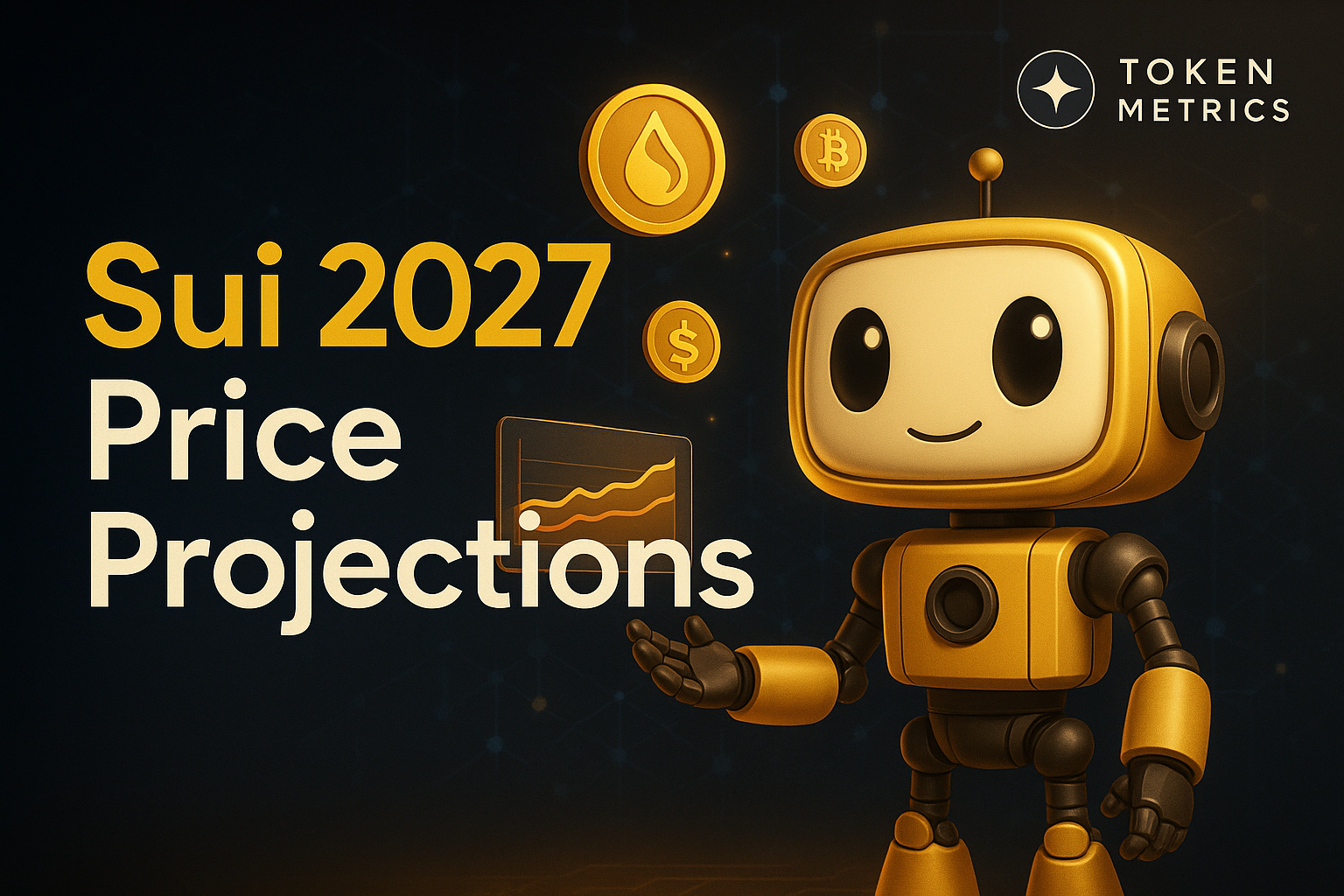
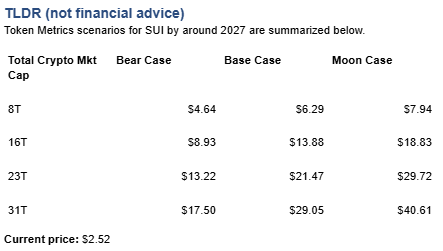
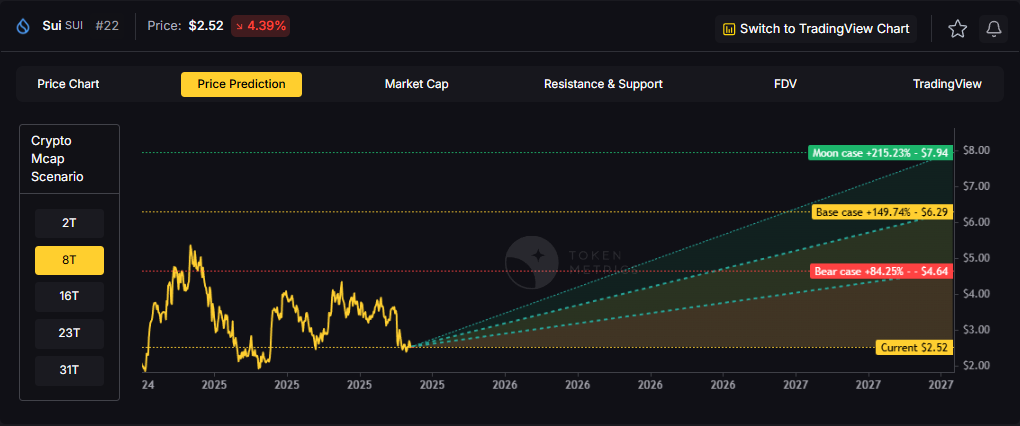
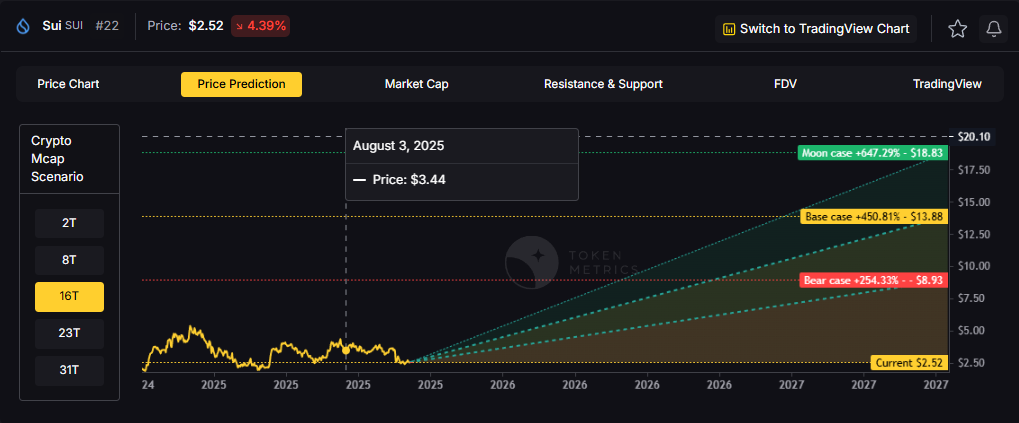

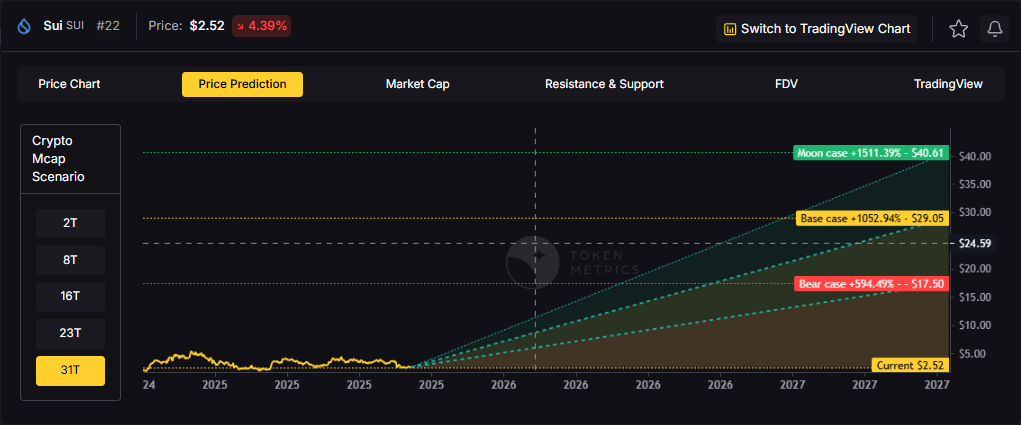
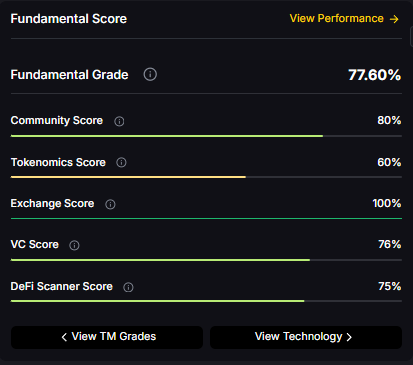
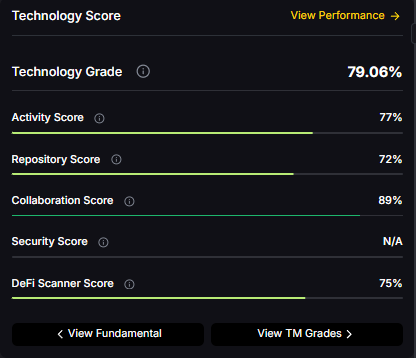




.svg)




.png)